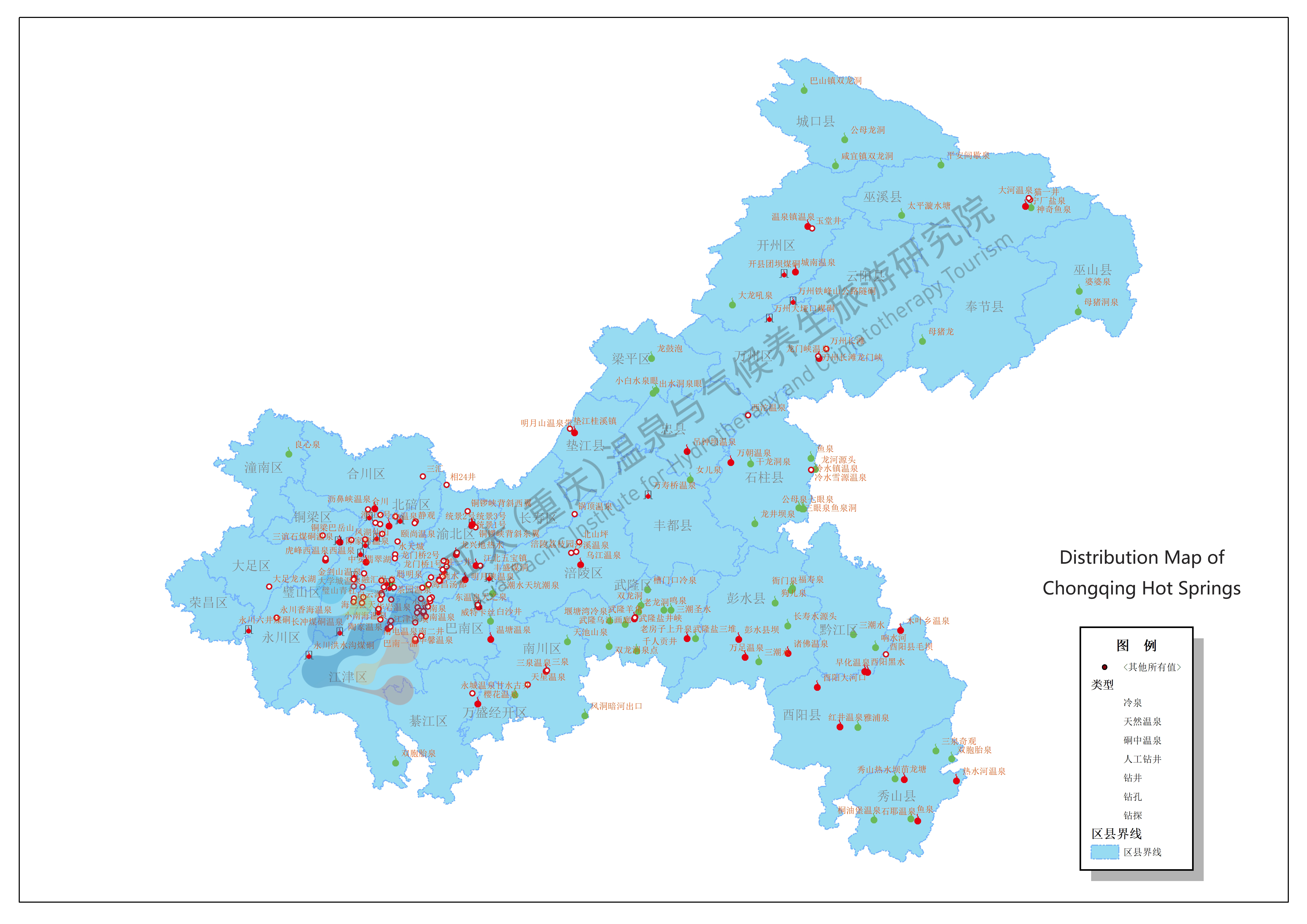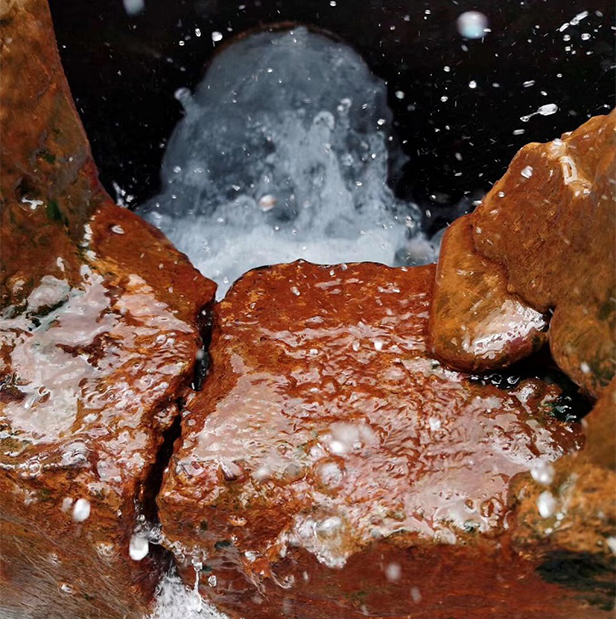A Long History Since the Yellow Emperor Era
A Long History Dating Back to the Yellow Emperor EThe historical development of the hot springs in Chongqing reaches nearly 1600 years. Legend has it that the Yellow Emperor once created a medicine with hot spring to treat and cure civilians. During the Southern and Northern Dynasties in 1004, an eminent buddhist monk named Ciying traveled to Jinyun Mountain in Beibei. Amazed by the warm and soft water of the North Hot Spring, he founded the Hot Spring Temple. It was the historical beginning of the hot spring development and utilization in Chongqing, 468 years earlier than Gero Onsen (one of the World Cultural Heritage Sites in Japan) and over 200 years earlier than Arima Onsen (the earlist hot spring resort in Japan) .
It is said that Emperor Kangxi and Emperor Qianlong took the lead in bathing in hot springs to popularize hot spring culture. Kangxi believed in the god of hot springs, which is very rare among the emperors in ancient times.
During the Wanli Period of the Ming Dynasty, the South Hot Spring was developed. According to the folk history, the South Hot Spring was a refuge for Emperor Jianwen of Ming Dynasty.
During the period of the Republic of China, the West Hot Spring came to light.
In 1927, Lu Zuofu founded the North Hot Spring Park, the first one of its kind in Chinese modern history. During the Anti-Japanese War and 1945-1949 (Chongqing as the provisional Capital), the local hot springs became the favorite holiday resorts for the military, political and cultural celebrities. Chiang Kai-shek, Lin Sen and many senior generals of the National Government all stayed in major hot springs.
After the founding of the People’s Republic of China, some national leaders and scholars visited the North Hot Spring, such as Zhu De, Guo Moruo, etc.
Since the 1990s, Chongqing has made great efforts to develop the hot spring industry, thanks to the legacy of “four famous hot springs” and sound natural resources. In 2005, Chongqing Municipal People’s Government put forward a strategic decision to make Chongqing the “Global Capital of Hot Springs” and make hot springs another city card of Chongqing. In 2011, Chongqing was rated as the “Chinese Capital of Hot Springs”. In 2012, Chongqing was awarded the “Global Capital of Hot Springs” by FEMTEC (World Federation of Hydrotherapy and Climatotherapy).

The Industrial Distribution of Hot Springs

According to the strategic decision to build Chongqing the “Global Capital of Hot Springs”, Chongqing Municipal Government planned to develop hot springs by stages from “Ten Hot Springs in Five Directions” to “Hundreds of Hot Springs in One Circle” and then to“Many Hot Springs in Two Directions”. Hot spring resorts have gathered landscape of mountain, water and city together.
Ten Hot Springs in Five Directions—the East Hot Spring is called “A must in Asia” by geologist as its Hot Cave; The water of the South Hot Spring is thermal SO4-Ca·Mg, one of the best in China, which is comparable with the Huaqing Pool; In the west, there are Tianci Hot Springs, Beity Hot Springs and Mount Jinjian Hot Springs; The North Hot Spring is the one of the earliest hot springs around the world; Tongjing Hot Spring, praised as “Wuling Wonderland” by ancient literati, is the first ecological bathing resort containing thermal spring and cold spring in China; In recent years, some hot springs were developed in central urban areas, such as Haitangxiaoyue Hot Spring and Ronghui Hot Spring.
Hundreds of Hot Springs in One Circle— Chongqing would mainly construct about 100 hot spring tourism projects in the One-hour Economy Circle.
Many Hot Springs in Two Directions—Along the southeast and the northeast of Chongqing, different styles of hot spring projects would be developed in Wanzhou, Qianjiang and Shizhu.

Abundant Hot Spring Resources
The volume and concentration of hot spring resources in Chongqing are one of the highest in China. 10,000 km²out of the total 82,400 km² covers geothermal resources. A total of 221 resources have been ascertained up to now. The daily scientific mining capacity is about 400,000 m³, and the annual amount is about 560 million m³. The geothermal water is rich in more than 30 kinds of minerals and trace elements, mainly including SO4-Ca·Mg, bicarbonate and chloride. Thanks to the unique two-river(the Yangtze River and Jialing River) climate, high altitude, natural resources, and historical and cultural resources, Chongqing has become one of the best areas to develop hot spring tourism industry.
